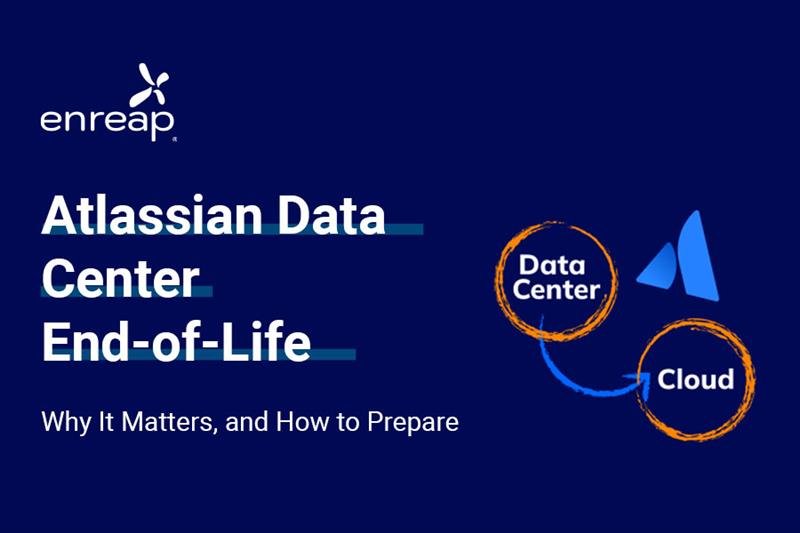Businesses today have become increasingly global and require employees to collaborate and communicate effectively with their peers – at all times.
Driving (and sustaining) productivity across a distributed workforce has become difficult, but that’s where collaboration tools like Atlassian Confluence work wonders. Through its cutting-edge features and capabilities, Confluence empowers employees to capture project requirements, share responsibilities, collaborate with team members, and achieve shared goals with ease.
Confluence contributes significantly to the transformation of traditional work practices and boosts employee productivity like never before. It allows today’s workforce to:
• Create project plans, insert meeting notes, and share immediate feedback using in-line comments.
• Edit files stored in Confluence using desktop apps and have updated versions automatically re-uploaded to Confluence.
• Sync the tool with the device of their choice, create workspaces for every team or department and work from anywhere and anytime.
• Track files across different versions and share news and announcements across the enterprise.
• Leverage best-practice templates to get started with popular pages and subscribe to content changes via email notifications or RSS.
• Make the most of third-party extensions and plugins and capitalize on features that aren’t native to the tool.
How to get the most from Confluence
The benefits you can achieve from Atlassian Confluence depend a lot on the implementation approach you take.
Here are ten tips to get the most from your Atlassian Confluence implementation:
- Use it across the organization: Using Confluence as a collaboration hub is a great way to share content across your organization. From meeting minutes to to-do lists, design documents to datasheets, how-to-documents to procedures, company events, and team activities – Confluence’s array of out-of-the-box features pave the way for seamless sharing and collaboration between different teams and departments.
- Encourage participation by removing tight access restrictions: When it comes to collaboration tools, organizations put several access restrictions on users, which come in the way of widespread adoption. To make the most of your Confluence implementation, carry out an audit of user roles and responsibilities to loosen restrictions. Partner with third-party experts like Addteq, who can offer a range of audits to suit the needs of your organization.
- Ensure that you are using the latest version of Confluence: If you want to continue to make the most of your Confluence investment, you need to ensure you’re always using the latest version. You should not neglect updates, stay abreast of new features and upgrades, and make sure you embrace them all to ensure you are capitalizing on Confluence’s latest capabilities.
- Ensure transparency and accountability: Creating generic accounts for collaboration tools is a common mistake that organizations make, which impacts governance and security. If you want to ensure transparency and accountability, create user-specific accounts instead of one generic account, so you can ensure only authorized people have access to files and documents.
- Organize content into spaces: Collaboration tools often end up not being used to their full capacity because the content is not efficiently organized. When using Confluence, make sure to organize content into meaningful spaces, with pages and sub-pages forming an organizational hierarchy inside those spaces. You can choose from team spaces, project spaces, and even personal spaces. You can make strategic use of metadata to set up social intranets, create structured documentation, and generate knowledge bases.
- While creating pages, always start with a template: Creating new pages from scratch for teams across the enterprise can be challenging. But not when you use the out-of-the-box page templates that Confluence offers. Using pre-built page templates, you can quickly create meeting notes, documents, sales collaterals, and more in Confluence and organize them in attractive and easy-to-understand formats – with a simple click of a button. Templates not only help in maintaining consistency, but it also allows teams to save a lot of time in creating new documents.
- Leverage advanced features like macros: In Confluence, macros are a great way to extend the capabilities of your Confluence pages as well as include dynamic content. You can use macros to spice up your pages, avoid duplicate content, and add in extra functionality. For example, using the blog posts macro, you can retrieve and display your latest blog posts on a Confluence page. And with Excellentable, you can create dynamic and interactive spreadsheets directly in Confluence. The UnStoppable Solution is the leading visually impaired app for Confluence. Using keyboard strokes, text-to-speech technology, and an updated interface, UnStoppable allows the users to have full control of their Atlassian tools.
- Train the users on using best practices: Given Confluence’s friendly and easy-to-use UI, all of your users should be aware of best practices so they can efficiently organize and structure content. Train users on how they can leverage Confluence capabilities to reap the maximum benefit: how to identify spaces that can aid in collaboration, tips for defining page structures, how to make the best use of templates and macros, organizing attachments, working with permissions, and more.
- Use automation to tackle stale content: If you use Confluence for a long time, you will reach a tipping point where a lot of stale content gets accumulated – which is no longer relevant or required. To tackle the problem of outdated content, many successful Confluence administrators make use of automation. Using automation, you can make sure you always have relevant content presented to users while regularly archiving (or eliminating) content that is no longer relevant.
- Get rid of ancient pages: Another critical activity that you need to carry out continually is getting rid of pages that are very old. Since Confluence offers unlimited cloud space for collaboration, you must regularly revisit your pages to identify and eliminate those that aren’t relevant, making space for newer content.
In a world where ‘anytime, anywhere’ collaboration is becoming a business standard, Confluence paves the way towards a collaborative and efficient work environment. By offering a range of capabilities that allow employees to collaborate and communicate with peers in real-time, it enables a globally distributed workforce to work on projects with higher efficiency and transparency. Embracing these ten tips can help you get the most ROI while enabling effective collaboration and knowledge sharing.




